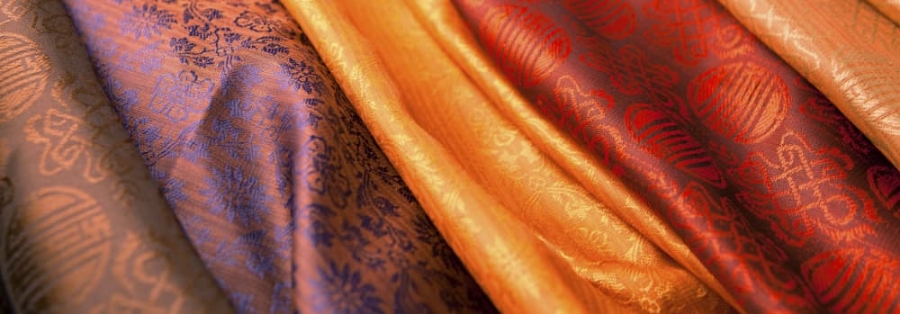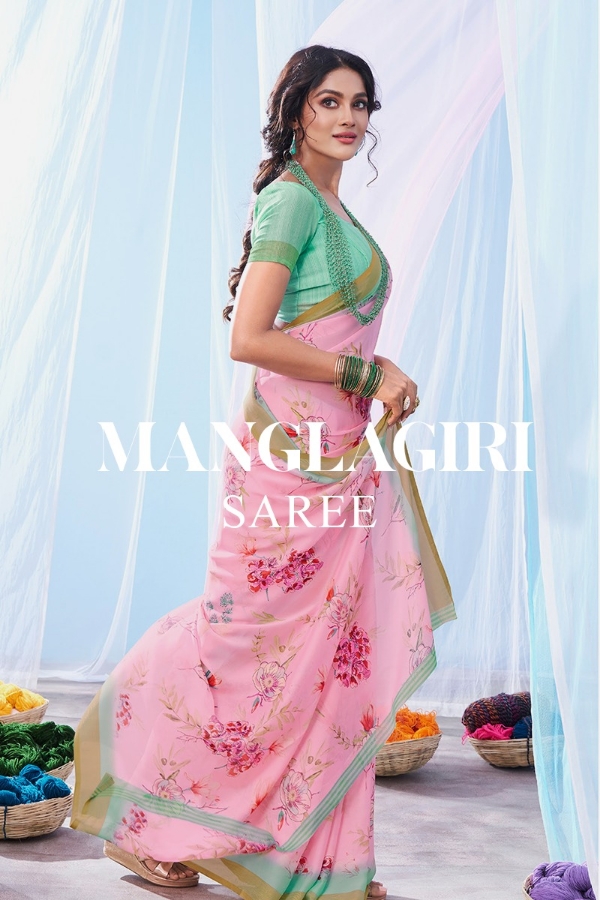Kanjeevaram sarees, also known as Kanjivaram or Kanchipuram sarees, are a type of silk saree that originated in the city of Kanchipuram in Tamil Nadu, India. They are known for their rich and vibrant colors, intricate zari work, and luxurious saree silk fabric. These sarees are a traditional favorite among Indian women, particularly for special occasions such as weddings. However, with the rise of modern fashion trends, many women are now looking for ways to style Kanjeevaram sarees in a more contemporary way.
When it comes to styling a Kanjeevaram saree for a modern occasion, the key is to keep the saree itself as the focal point of your outfit. This means choosing the right blouse for a modern look. A plain, sleeveless blouse in a neutral color such as beige or white can be a great choice, as it will allow the saree to take center stage. If you want to add a touch of elegance, you can opt for a blouse with a subtle design or a small amount of embroidery. Avoid blouses with heavy embellishments or a lot of embroidery, as they can take the attention away from the saree.




